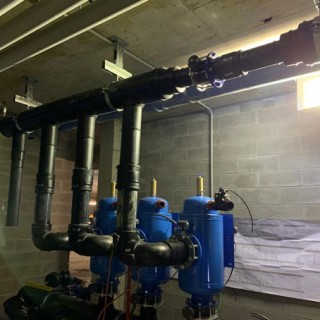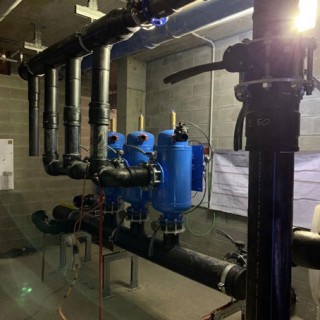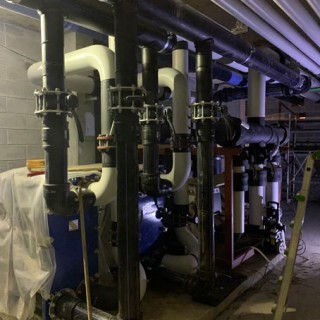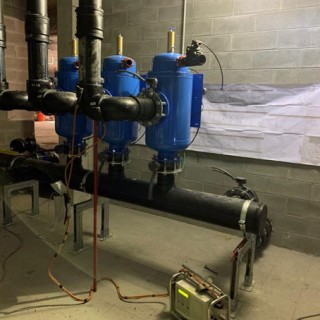PE PIPES INSTALLED IN BRERA DISTRICT IN MILAN
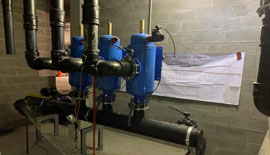
NUPI polyethylene pipes have been installed for the new fire-fighting system of the historic building Palazzo del Cortile della Seta, in the Brera district in Milan. The late 19th century building has been completely renovated. Before the headquarters of Banca Popolare Commercio e Industria, in the nineteenth century there was the old Cortile della Seta, which means silk yard, the place where tens of thousands of bales containing cocoons, waste and silk yarns were loaded and unloaded. The cooperative for Seasoning and Tasting (intended as "evaluation") of the silks, of which the bank is the heir, built it. The façade hides the seat where the floats of the bigattèe (the "silk workers") paraded and yarn stores and the market stalls were located under a glass vault in the center of the courtyard. Anonima della Seta was founded here in December 1888, formed by an ancient mutual assistance association (guild) of 77 Milanese entrepreneurs who soon transformed this area on the edge of the Brera district into the place where traders and mediators gathered. The activity carried out by the silk workers' cooperative society was twofold. There was not only the technical aspect, with the evaluation of the goods, weighing, seasoning, storage and custody of cocoons, silks and waste. The financial activity was also important and was carried out by anticipating money as a guarantee of the deposit of goods and management of the currency provided by the shareholders and employees. Over time, the financial aspect prevailed over the technical one, so much so that the two activities were spun off and the company began to take care of all the operations carried out by normal credit companies. During the Second World War the building that housed the silk courtyard was hit by bombing and was rebuilt and enlarged by the architect Caccia Dominioni, who maintained the nineteenth-century appearance on the outside and raised the building by one floor. The new construction was inaugurated only in 1954. The nineteenth-century building still had the courtyard once used as a hallway for the seasoning goods warehouse, where the wagons used to transport the silk bales circulated. Partially rebuilt according to the original model, it was used to host events, exhibitions and cultural meetings.

